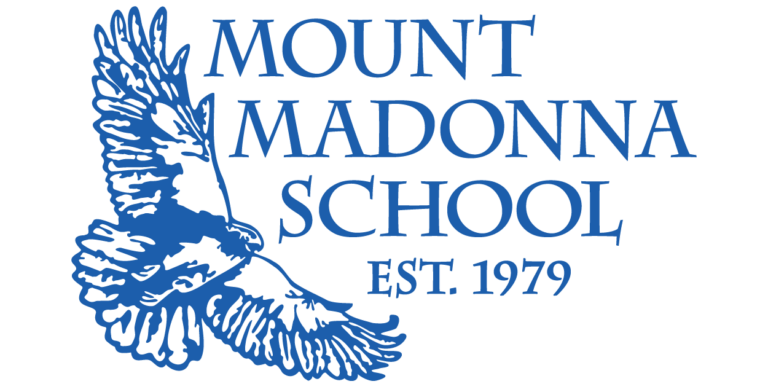Freshmen students at Mount Madonna School (MMS) have spent some time learning about forensic genetics and the structure of DNA. An unusual recent project engaged the students as “detectives,” who collaborated in small groups to solve a “crime.”
Their “case” began with one vial of DNA collected from the crime scene and five suspects. The students had previously learned that enzymes can be used to cut DNA molecules into fragments that vary for different people. Making the fragments visible and sorted by size creates a “fingerprint,” or a pattern that is specific for individuals.
“It was hard to wrap my head around what was happening with the DNA in the lab,” shared student Sam Kaplan. “Although it was a hands-on activity, you can’t see DNA, and that makes it hard to understand. Each step we did with our hands had a result on a molecular level that was nearly undetectable to the naked eye.”
Next they ran the samples through an electrophoresis chamber on agarose gel (a high grade seaweed agar, used in cooking). This process caused the negatively-charged DNA fragments to move across the gel at various rates. At the end, the students compare the bands created on the gel to each other to determine the perpetrator of the crime.
“In my 11 years of offering this lab, I’ve noticed that students really enjoy forensic genetics and gain a better understanding of how DNA can be used to identify people and to determine ancestry,” commented science teacher Lisa Catterall. “Our creative students also enjoy making up a story and assigning suspects to each vial of DNA!”
Kaplan said the activity offered an opportunity to learn about the topic on a deeper level than otherwise might be possible.
“The job of a textbook is to cover all the material you are required to learn in a relatively concise way,” observed Kaplan. “However, these projects allow you to delve into a topic and ask questions
###
Contact: Leigh Ann Clifton, director of marketing & communications,
Nestled among the redwoods on 375 acres, Mount Madonna School (MMS) is a community of learners dedicated to creative, intellectual, and ethical growth. MMS supports its students in becoming caring, self-aware, discerning and articulate individuals; and believe a fulfilling life includes personal accomplishments, meaningful relationships and service to society. The CAIS and WASC accredited program emphasizes academic excellence, creative self-expression and positive character development. Located on Summit Road between Gilroy and Watsonville. Founded in 1979.





